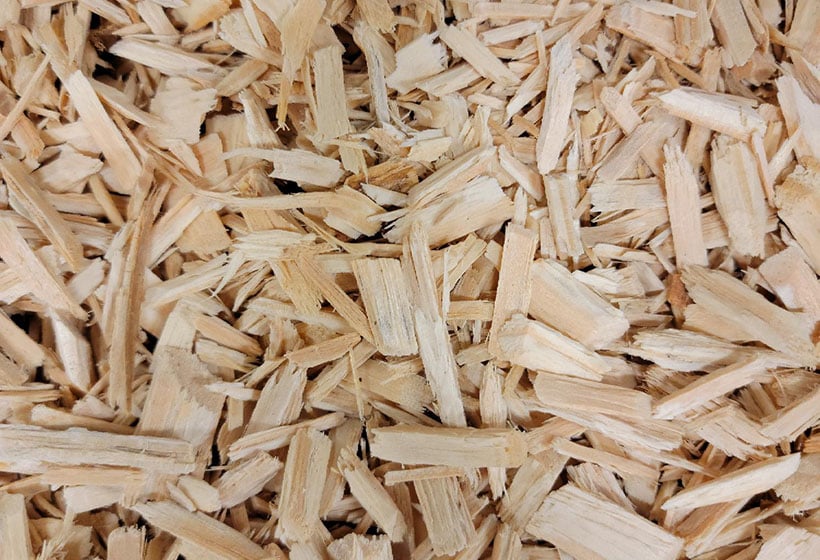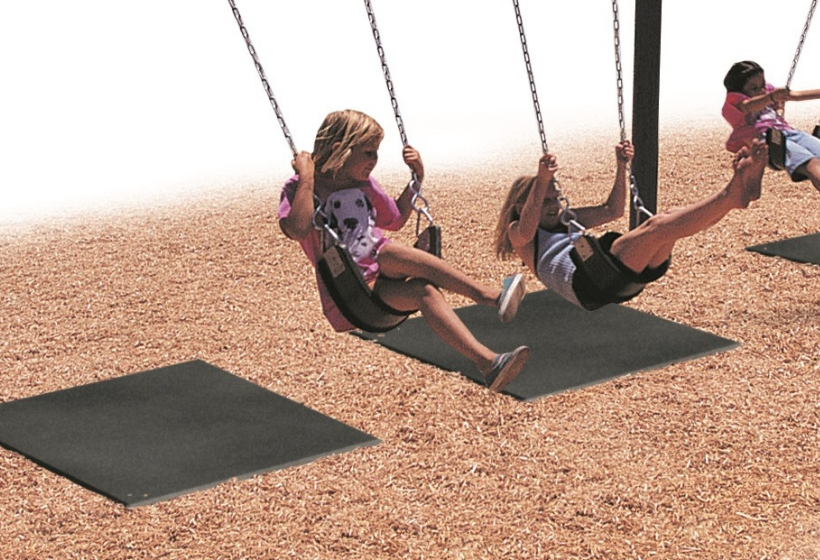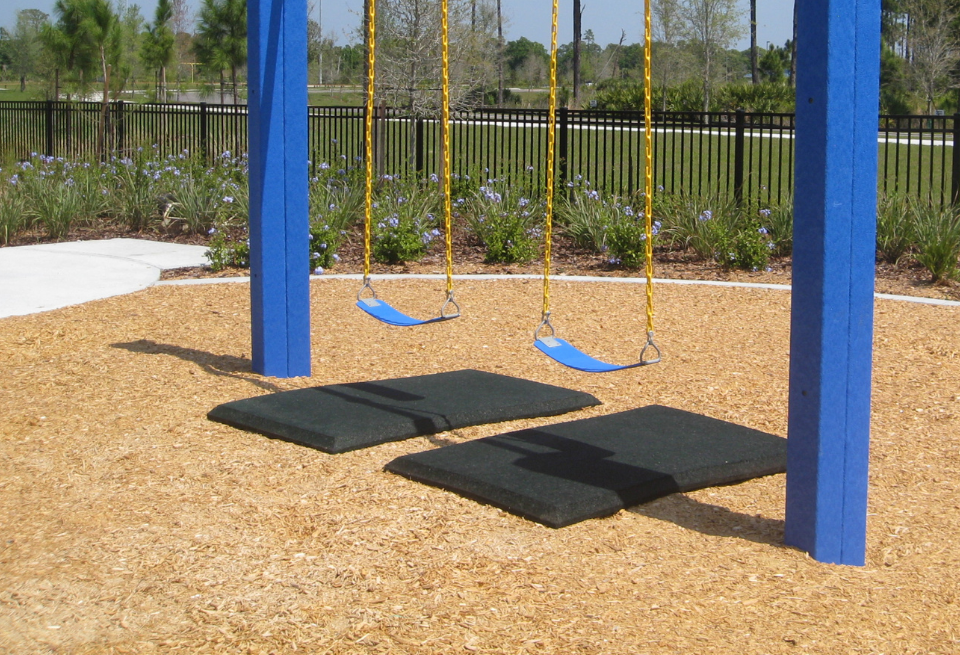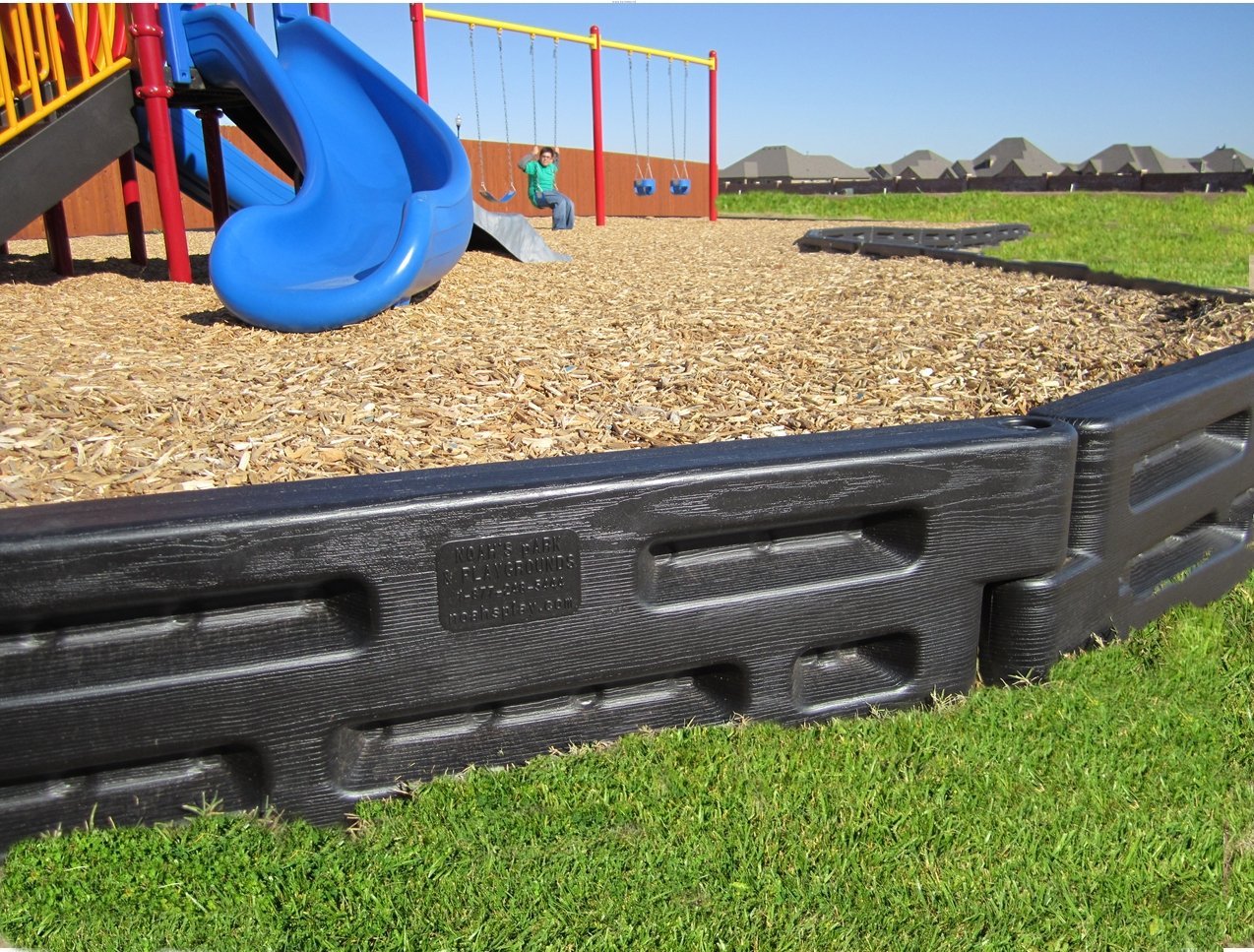When it comes to creating safe and sustainable playground surfaces, engineered wood fiber (EWF) has gained popularity for its natural appearance and impact-absorbing qualities. However, concerns may arise regarding the presence of tannins in EWF. In this blog, we'll explore what tannins are, their significance in EWF, and how they can impact the playground environment.
What are Tannins?
Tannins are naturally occurring compounds found in various plants, including trees used to produce wood fiber. They are part of a group of organic substances called polyphenols, which are responsible for the astringent taste in foods like tea or wine. Tannins serve as a defense mechanism for plants, protecting them from pests and diseases.
Tannins in Engineered Wood Fiber
Engineered wood fiber is derived from the chipping and grinding of wood, often sourced from tree bark, branches, and other lumber byproducts. As a result, engineered wood fiber may contain tannins that were originally present in the wood material. These tannins can contribute to the natural coloration of the wood fiber and provide some resistance to decay and insects.
Impact on the Playground Environment:
- Coloration: Tannins can influence the color of engineered wood fiber, giving it a darker, reddish-brown appearance. This coloration enhances the visual appeal of the playground surface, creating a natural and inviting environment.
- Astringency: Tannins possess astringent properties, which means they can cause a mildly drying or puckering sensation when in contact with skin. However, the astringency of tannins found in engineered wood fiber is generally considered minimal and not likely to cause significant discomfort or irritation to children using the playground.
- Environmental Considerations: Tannins are biodegradable compounds that break down over time. As engineered wood fiber is exposed to natural elements such as rain and sunlight, tannins gradually leach out, diminishing their presence in the wood fiber. Tannins are most noticeable when water is present and might have the appearance of a brown liquid. Having a good drainage system in place will help carry water and tannins away from the playground. Consider our FibarSystem 300.
Safety Measures and Recommendations
To address any concerns related to tannins in engineered wood fiber playground surfaces, it is important to follow these safety measures:
- Age and Exposure: New engineered wood fiber installations may have a higher concentration of tannins initially.
- Maintenance Practices: Regular maintenance, including raking and redistributing the wood fiber, promotes even weathering and reduces the likelihood of color transfer or staining on clothing.
- Awareness and Communication: Playground operators and caretakers should educate parents, teachers, and children about the presence of tannins in engineered wood fiber and its natural properties. This can help alleviate concerns and ensure a positive experience in the playground.
Conclusion
Tannins are naturally occurring compounds found in wood fiber used for engineered wood playground surfaces. Although they may contribute to the coloration, the presence of tannins is generally considered safe and minimally impactful on children using the playground.
By understanding their properties and following recommended maintenance practices, we can continue to enjoy the benefits of engineered wood fiber as a sustainable and aesthetically pleasing option for playground surfaces. You can learn more about tannins on the U.S. Forrest Service website by clicking here.





